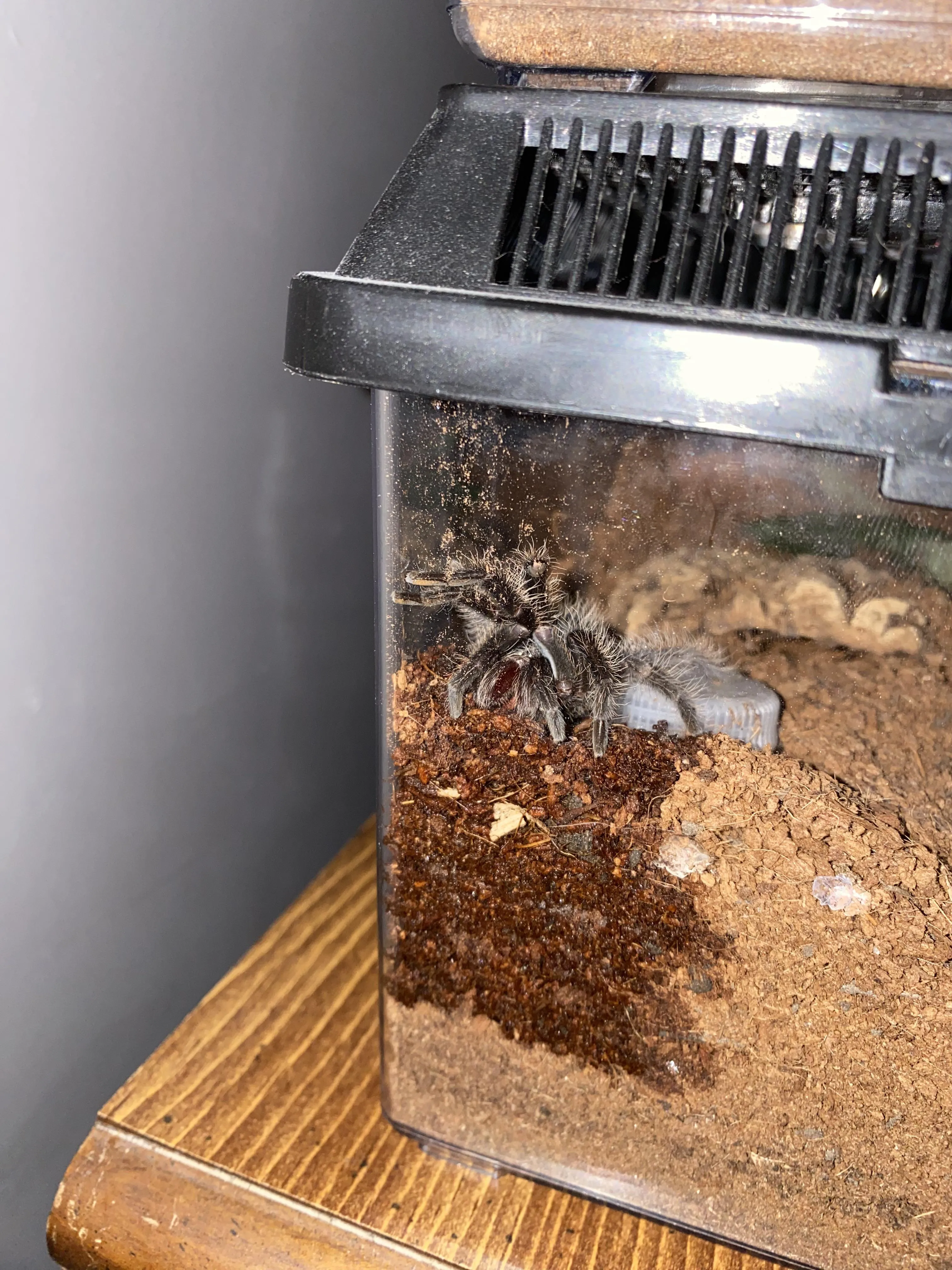Feeding your tarantula might seem straightforward, but understanding its dietary needs is crucial for its health and longevity. This comprehensive guide covers everything you need to know about tarantula feeding, from choosing the right prey to avoiding common mistakes. Whether you’re a beginner or an experienced keeper, this guide will help you provide the best possible care for your fascinating eight-legged friend. Proper tarantula feeding is more than just tossing in a cricket; it’s about understanding your tarantula’s specific needs and providing the right nutrition at the right time. This guide will help you become a more informed and responsible tarantula owner.
Understanding Tarantula Feeding Needs
Understanding the dietary needs of your tarantula is the first step to providing excellent care. Tarantulas are obligate carnivores, meaning their diet consists entirely of animal matter. They have specific nutritional requirements that must be met to ensure they thrive. This section explains the fundamental principles of tarantula nutrition and why it’s essential for their wellbeing. Focusing on these aspects will ensure a healthy and happy tarantula, capable of living a long and fulfilling life in your care. It’s about more than just giving them food; it’s about understanding what they need to stay healthy and strong.
Why Proper Feeding is Crucial
Proper feeding directly impacts a tarantula’s overall health and lifespan. A well-fed tarantula is more active, shows better coloration, and is less prone to health issues. Nutritional deficiencies can lead to a variety of problems, including poor molting, stunted growth, and increased susceptibility to diseases. Conversely, an unbalanced diet can also cause problems. Therefore, it’s essential to understand what a tarantula needs to stay healthy. The right diet keeps your tarantula strong and vibrant. A healthy tarantula is a happy tarantula, and a happy tarantula is a joy to observe.
Impact of Diet on Tarantula Health
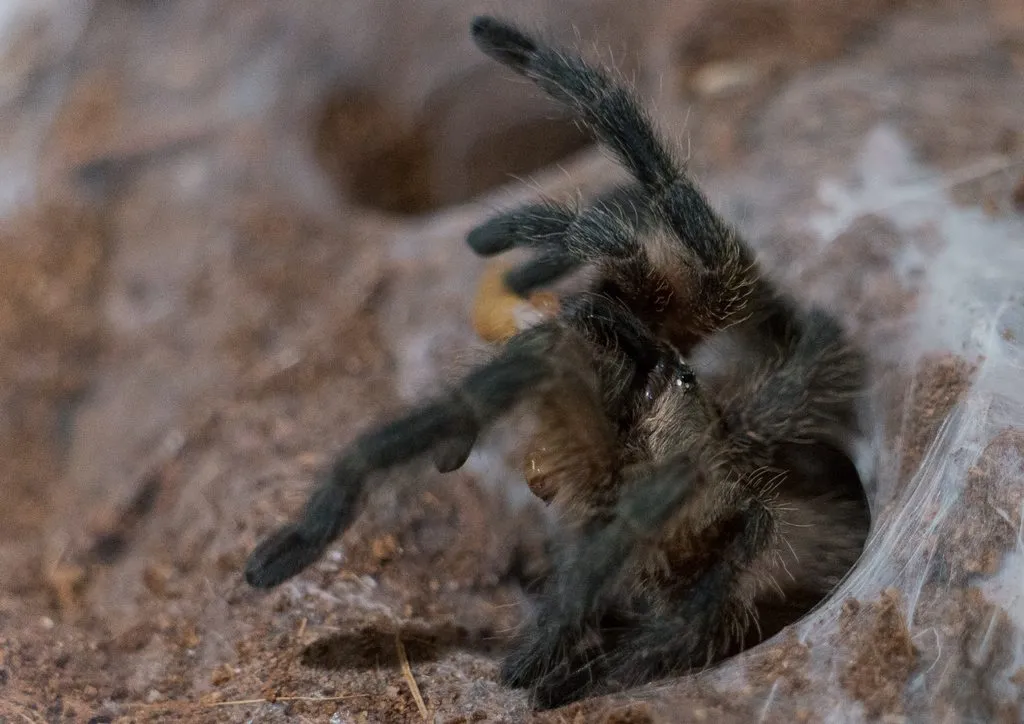
The diet significantly affects a tarantula’s health, influencing its immune system, energy levels, and overall well-being. A diet rich in essential nutrients supports healthy growth and development, allowing the tarantula to reach its full potential. A poor diet can lead to various health problems, including difficulty molting, weakened limbs, and reduced lifespan. Carefully consider the nutritional content of the prey you offer and make sure it meets your tarantula’s specific needs. Your tarantula’s health is directly related to the food it consumes. Choosing the right diet is key to ensuring a long and happy life for your tarantula.
How Feeding Affects Molting and Growth
Molting is a critical process for tarantulas, and their diet plays a vital role. Adequate nutrition provides the necessary resources for successful molting, ensuring the tarantula sheds its exoskeleton without difficulty. Insufficient nutrients can lead to incomplete molts, which can be fatal. Growth is another area where diet is essential. Young tarantulas require more frequent feeding and a diet rich in protein to support their rapid growth. As they mature, their feeding needs change, but a balanced diet remains crucial for maintaining their health and facilitating their growth. Observing the molting process and adjusting the diet accordingly is part of responsible tarantula care. See tarantula molting image for more information on this.
Choosing the Right Prey for Your Tarantula
Selecting the right prey is a critical aspect of tarantula feeding. Not all insects are created equal, and the nutritional content of the prey significantly impacts the tarantula’s health. This section explores different prey options, helping you make informed decisions about what to feed your tarantula. Understanding the nutritional benefits and potential risks associated with each prey type will help you provide the best possible diet for your pet. Offering a varied and nutritious diet will keep your tarantula healthy and thriving.
Live Prey vs. Pre-Killed Prey
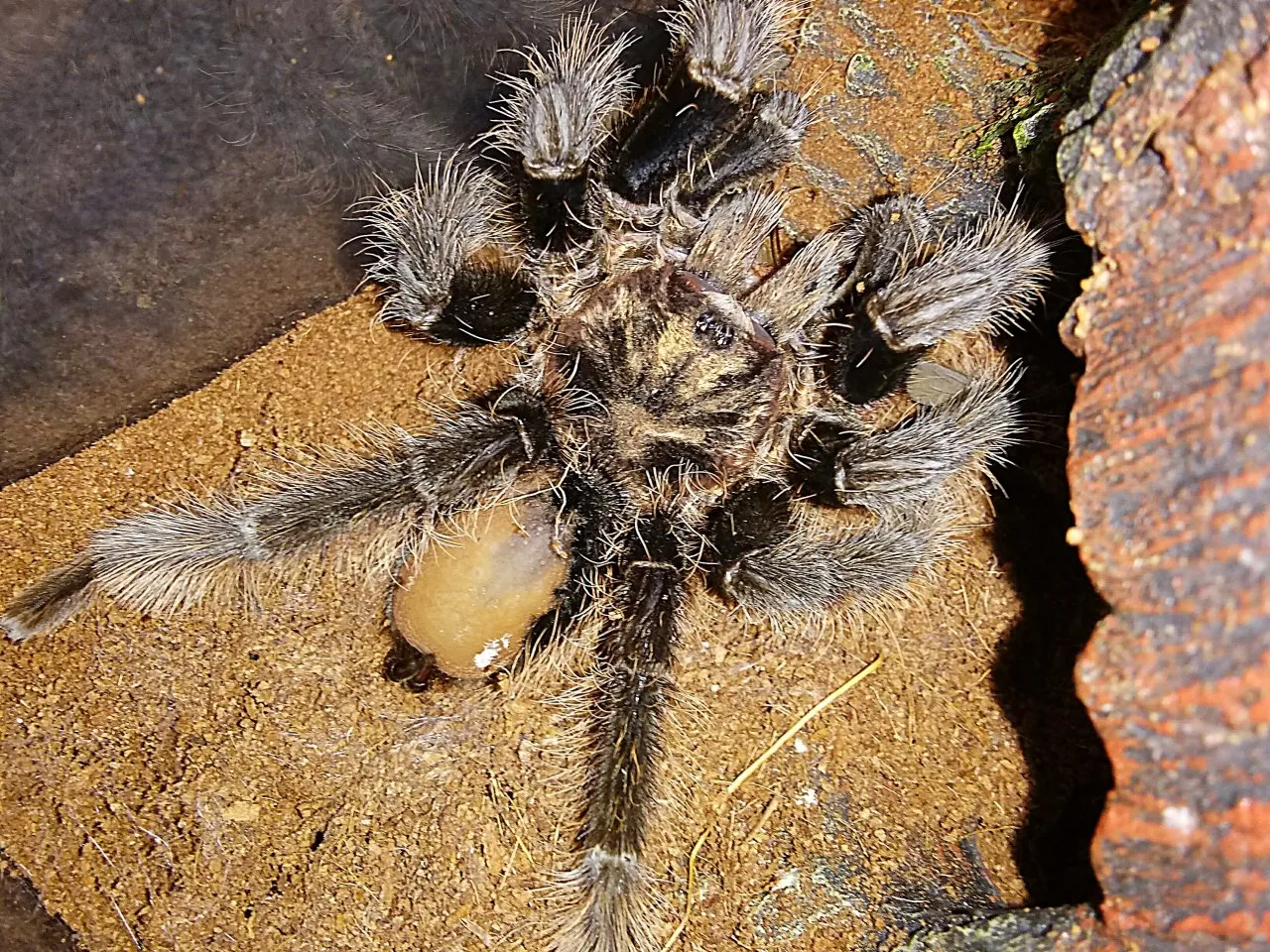
The debate between live and pre-killed prey often arises in tarantula care. Live prey provides the tarantula with the opportunity to hunt, which can stimulate its natural instincts and provide enrichment. However, live prey can also pose risks, such as biting or injuring the tarantula. Pre-killed prey eliminates these risks, making it a safer option, especially for beginners or those with young tarantulas. The nutritional value remains mostly the same, but the hunting stimulation is absent. Evaluate these pros and cons based on your tarantula’s needs and your comfort level. Consider live prey for the stimulation, but pre-killed prey offers a safer alternative. See live prey vs tarantula image.
Selecting Prey Size and Type
Choosing the right prey size and type is crucial to ensure your tarantula can consume its meal safely and efficiently. The general rule is to offer prey no larger than the tarantula’s body size. This prevents the tarantula from being overwhelmed or injured by the prey. Common prey options include crickets, mealworms, dubia roaches, and superworms. Each offers different nutritional profiles, so a varied diet is often best. The type of prey you select should also align with your tarantula’s age and species. Young tarantulas benefit from smaller, softer prey, while adults can handle larger, more robust options. See prey size tarantula image.
Nutritional Value of Different Prey Items
Different prey items offer varying levels of nutrients, affecting your tarantula’s overall health. Crickets are a common and readily available option, but their nutritional value can vary depending on their diet. Mealworms and superworms are high in protein but also have a higher fat content, so they should be offered in moderation. Dubia roaches are considered a nutritionally balanced option, with a good ratio of protein, fat, and other essential nutrients. Consider gut-loading your prey with nutritious foods before feeding them to your tarantula. This ensures your pet receives the maximum nutritional benefit. Understanding the nutritional profiles of different prey items allows you to create a balanced diet for your tarantula.
Feeding Frequency and Schedule
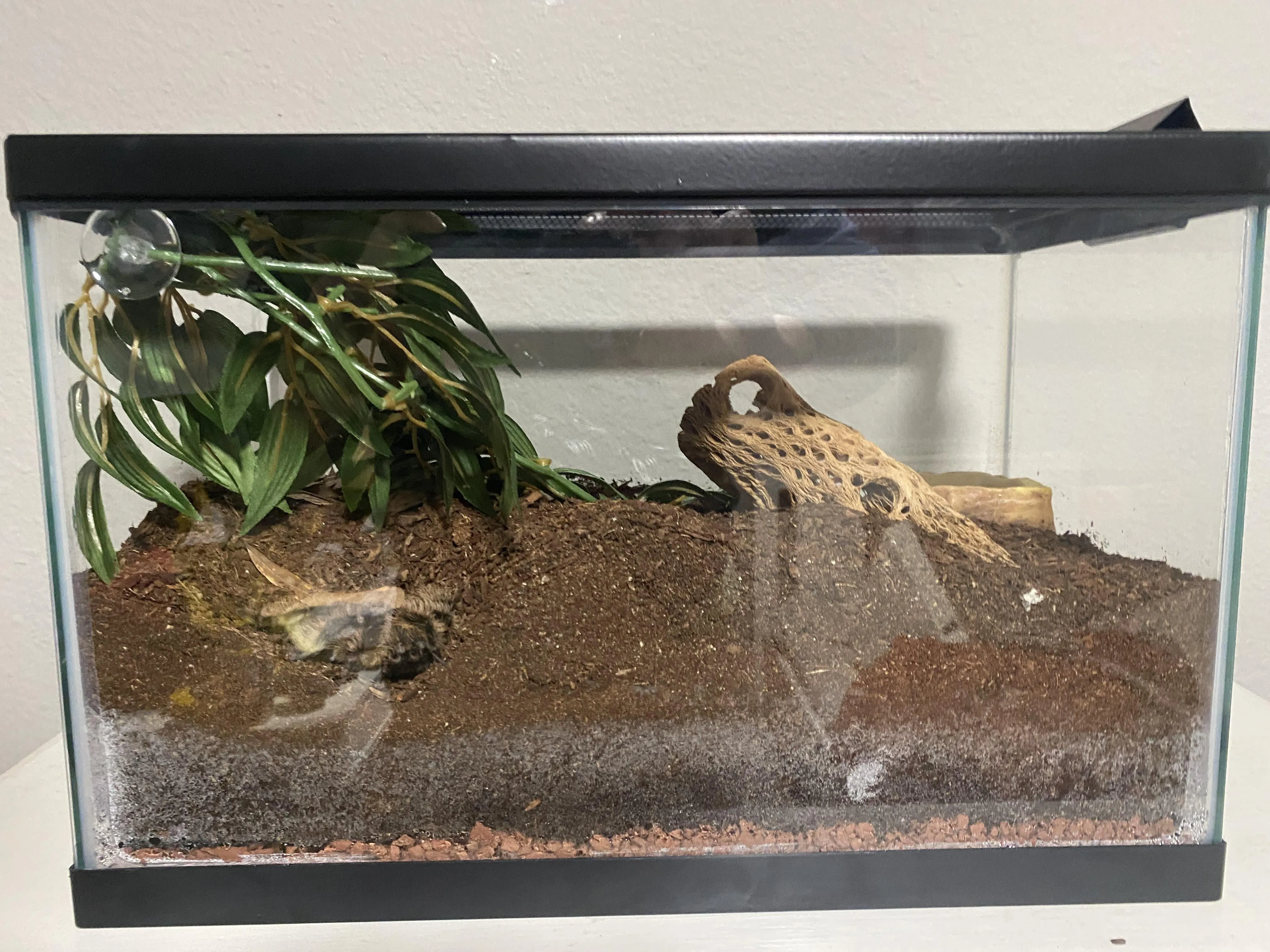
Establishing a proper feeding schedule is essential for maintaining your tarantula’s health and well-being. The frequency of feeding depends on the tarantula’s age, species, and growth rate. This section provides guidelines for feeding young and adult tarantulas, as well as tips on adjusting the schedule based on specific factors. Careful observation of your tarantula’s behavior and physical condition is key to tailoring the feeding schedule to its individual needs. A consistent feeding schedule ensures that your tarantula receives the necessary nutrients. Remember to always provide fresh water.
Feeding Young Tarantulas
Young tarantulas, or slings, require more frequent feeding to support their rapid growth. Generally, slings should be fed every other day or every three days. The prey should be appropriately sized, ensuring the sling can consume it easily. Observe the sling’s feeding response and adjust the frequency as needed. Monitor the abdomen for fullness; a slightly plump abdomen indicates adequate feeding. Avoid overfeeding, which can lead to health issues. Always provide a shallow water dish with fresh water for the young tarantula. Consistency and observation are crucial in this stage, ensuring the sling gets the necessary nutrition. See feeding schedule tarantula image.
Feeding Adult Tarantulas
Adult tarantulas require less frequent feeding compared to slings. A general guideline is to feed adult tarantulas once every one to two weeks. Some keepers feed even less often, depending on the species and individual. Observe your tarantula’s body condition and adjust the feeding schedule accordingly. Ensure the prey is an appropriate size for the tarantula. Some adults may eat more frequently, while others might have periods of fasting. Provide a large water dish with fresh water at all times. Observe your tarantula’s behaviour and adjust the feeding schedule accordingly. See drinking tarantula image.
Adjusting Feeding Based on Molting and Activity
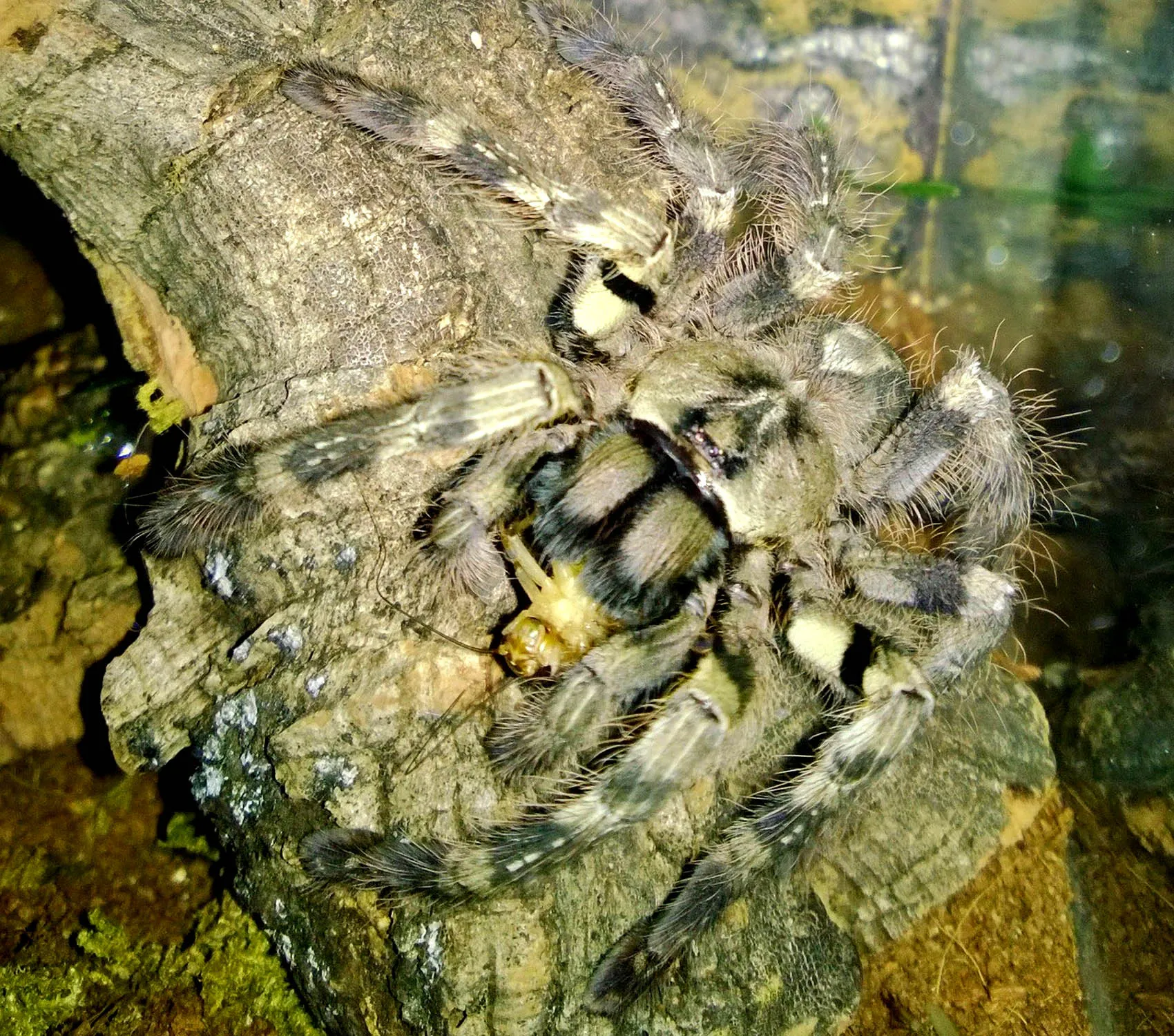
The feeding schedule should be adjusted based on the tarantula’s molting cycle and activity levels. Tarantulas typically stop eating before they molt. If your tarantula refuses food, it might be preparing to molt; do not force feeding during this period. After molting, the tarantula’s exoskeleton is soft, and it should be given a few days to harden before feeding. Adjust the feeding frequency based on the tarantula’s activity level; active tarantulas might require more frequent feeding. Being attuned to your tarantula’s cycles of molting and activity ensures a healthy and happy pet. See tarantula molting image to identify molting stage.
Feeding Techniques and Best Practices
Employing the right feeding techniques can make the process easier and safer for both you and your tarantula. This section details how to introduce prey safely, remove uneaten prey, and provide adequate water and humidity. Proper feeding practices minimize stress and ensure your tarantula gets the necessary nutrients. Following these best practices will contribute to the overall health and well-being of your tarantula. Feeding your tarantula is a critical responsibility, so focus on the appropriate techniques.
How to Introduce Prey Safely
When introducing prey, always use a pair of long tongs or tweezers to prevent bites. Gently offer the prey to your tarantula, allowing it to approach and seize the food. Avoid dropping the prey directly onto the tarantula, which can startle it. Observe your tarantula’s behavior and ensure it is interested in the prey before leaving it in the enclosure. If the tarantula doesn’t show interest, remove the prey after 24 hours and try again later. Introduce prey in a way that respects your tarantula’s natural hunting instincts. Using the right tools is also important to stay safe.
Removing Uneaten Prey
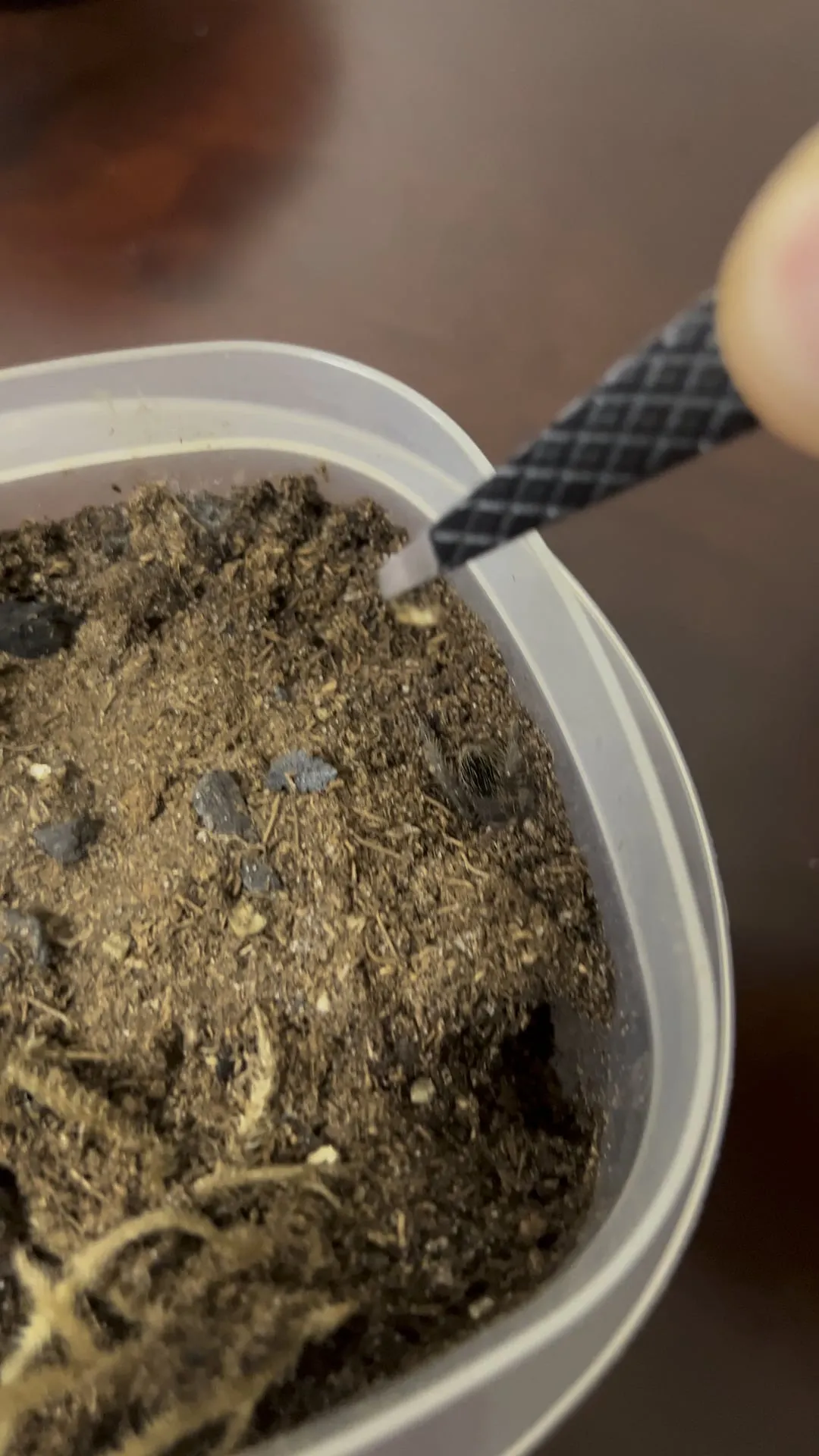
Removing uneaten prey is essential to prevent the prey from stressing or injuring your tarantula. Uneaten prey can also carry bacteria or parasites. After 24 hours, remove any uneaten prey from the enclosure. Use tongs or tweezers to retrieve the prey. Regularly check for any remaining prey items. If the tarantula consistently refuses food, it might be preparing to molt or experiencing a health issue. Removing uneaten food helps to maintain a clean and safe environment for your tarantula. See uneaten prey tarantula image.
Providing Water and Humidity
Providing fresh water is crucial for your tarantula’s hydration and overall health. Always provide a shallow water dish filled with fresh, clean water. The water dish should be shallow enough to prevent the tarantula from drowning. Ensure the water dish is easily accessible and cleaned regularly to prevent bacterial growth. Humidity levels are also essential; maintain the appropriate humidity for your tarantula’s species. Mist the enclosure as needed to keep humidity levels within the correct range. Providing fresh water and maintaining the correct humidity are key to a healthy tarantula habitat. See tarantula drinking image.
Common Feeding Mistakes to Avoid
Even experienced tarantula keepers can make mistakes. Knowing these common pitfalls will help you provide better care for your pet. This section discusses overfeeding, underfeeding, improper prey handling, and ignoring signs of refusal. Recognizing and avoiding these errors will contribute to the long-term health and happiness of your tarantula. Learn from common mistakes to create a great life for your tarantula.
Overfeeding and Underfeeding
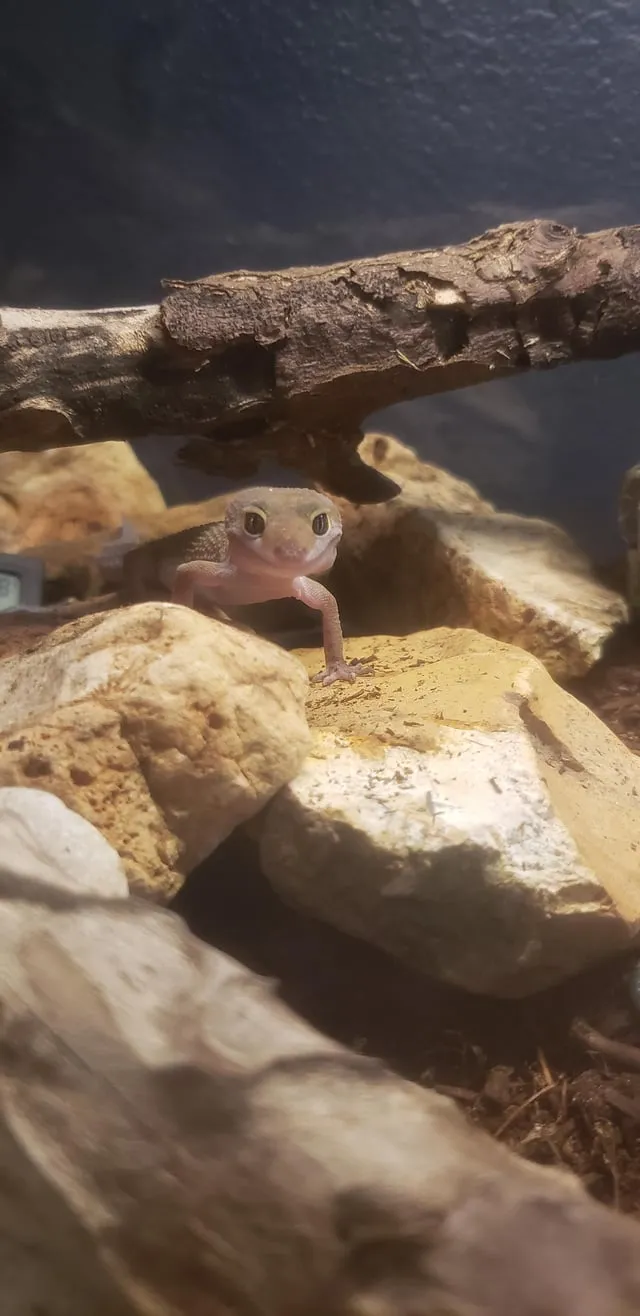
Both overfeeding and underfeeding can be detrimental to a tarantula’s health. Overfeeding can lead to obesity and health problems. Underfeeding can cause stunted growth and nutritional deficiencies. Observe your tarantula’s body condition. A tarantula with a plump abdomen is generally well-fed. A tarantula with a thin abdomen might need more frequent feeding. Adjust the feeding schedule based on your observation, paying attention to your tarantula’s specific needs. A balanced feeding regimen is key to keeping your tarantula in optimal condition.
Improper Prey Handling
Improper prey handling can be dangerous and can stress your tarantula. Always use tongs or tweezers when introducing prey to prevent bites. Avoid handling the prey directly, as this can expose your tarantula to potential parasites or diseases. Make sure the prey is an appropriate size for the tarantula. Do not leave live prey unattended with your tarantula, as they can stress or injure it. Handle prey safely to protect your pet from harm and disease.
Ignoring Signs of Refusal
Ignoring your tarantula’s signals of refusal can be problematic. If your tarantula consistently refuses food, there might be an underlying issue. It might be preparing to molt, experiencing a health issue, or simply not hungry. Observe your tarantula’s behavior and check its enclosure’s conditions. Never force-feed a tarantula. Address any underlying health concerns and adjust the feeding schedule as needed. Pay attention to the tarantula’s signals and act accordingly. See tarantula not eating image.
Troubleshooting Feeding Problems
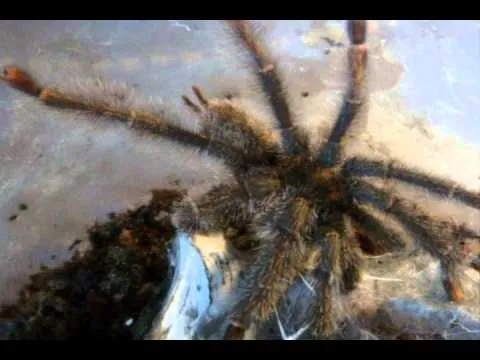
Even with the best care, feeding problems can arise. This section provides insights into the most common feeding issues and how to address them. From a tarantula refusing to eat to dealing with a picky eater, this section provides practical solutions. Understanding and addressing these issues will help you ensure your tarantula’s well-being. Be prepared to troubleshoot to ensure your tarantula receives the right nutrition.
Tarantula Not Eating
If your tarantula stops eating, it can be concerning. Several factors can contribute to a tarantula refusing food. The most common reason is that it is preparing to molt. Other factors can include stress, changes in its environment, or illness. Check the enclosure’s conditions to ensure they meet the tarantula’s needs. If your tarantula is not eating, don’t panic. Observe its behavior. Make adjustments to the environment. Consult with a veterinarian specializing in exotic animals if the problem persists. See tarantula not eating image.
Dealing with a Picky Eater
Some tarantulas can be picky eaters, refusing certain types of prey. Try offering different prey items to see what your tarantula prefers. Varying the diet provides a range of essential nutrients. Ensure the prey is the correct size and presented in a way that stimulates your tarantula’s hunting instinct. If your tarantula consistently refuses food, consult a vet. Persistence and experimentation are essential in dealing with picky eaters. Offering a variety of foods will help address pickiness.
Health Issues Impacting Appetite
Various health issues can affect your tarantula’s appetite. Parasitic infections, bacterial infections, and other illnesses can cause a loss of appetite. If your tarantula is not eating, consult a veterinarian specializing in exotic animals. Early detection and treatment of health issues are crucial. Maintaining a healthy environment and providing proper care can reduce the risk of health problems and help maintain your tarantula’s appetite. If you suspect health issues, seek professional veterinary care immediately.
In conclusion, tarantula feeding is a vital aspect of providing excellent care for your pet. By understanding your tarantula’s dietary needs, choosing the right prey, establishing a proper feeding schedule, and avoiding common mistakes, you can ensure its health and happiness. Remember to always observe your tarantula’s behavior and adjust your care accordingly. Providing the right nutrition is a key to a long and fulfilling life for your tarantula, so enjoy the journey of caring for these amazing creatures.
